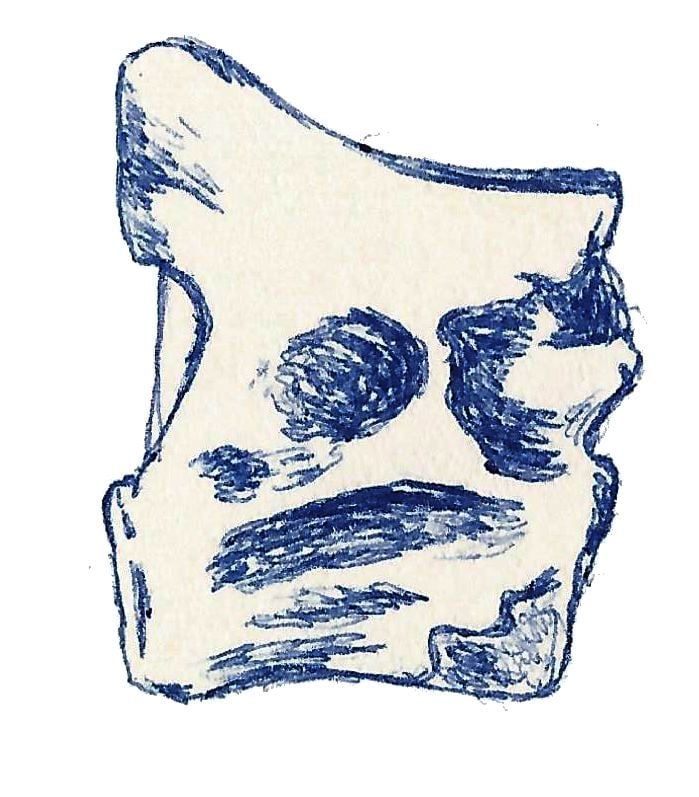Phylum Chordata | Class Reptilia Species †L. indicus Rank Genus | |
 | ||
Similar Indosaurus, Lametasaurus, Jubbulpuria, Genusaurus, Indosuchus | ||
Laevisuchus (/ˌlɛvᵻˈsjuːkəs/ LEE-və-SEW-kəs, "light crocodile") is a genus of abelisauroid theropod dinosaur from the Late Cretaceous.
Its remains were discovered by Charles Alfred Matley near Jabalpur in Maastrichtian deposits in the Lameta Formation in India, and were named and described by paleontologists Friedrich von Huene and Matley in 1933. The type species is Laevisuchus indicus. The generic name is derived from Latin laevis, "light" and the Greek name for the Egyptian crocodile god, Soukhos. The specific name means "Indian" in Latin. It is known only from three cervical vertebrae (GSI K20/613, GSI K20/614 and GSI K27/696) and a dorsal vertebra (GSI K27/588). A holotype was not assigned by Huene and Matley and a lectotype has never been chosen from the syntypes. All remains except GSI K27/696 were lost; GSI K20/613 was rediscovered in 2012.
Laevisuchus was a small bipedal carnivore. In 1998 David Lambert estimated it was some two metres (6.6 ft) long, 0.9 meters (3.0 feet) high, and approximately 30 kg (66 lb) in weight.
Laevisuchus was originally classified by Huene as a coelurosaurian coelurid theropod. Recently, however, it has been shown to be an abelisauroid dinosaur, perhaps a noasaurid.
